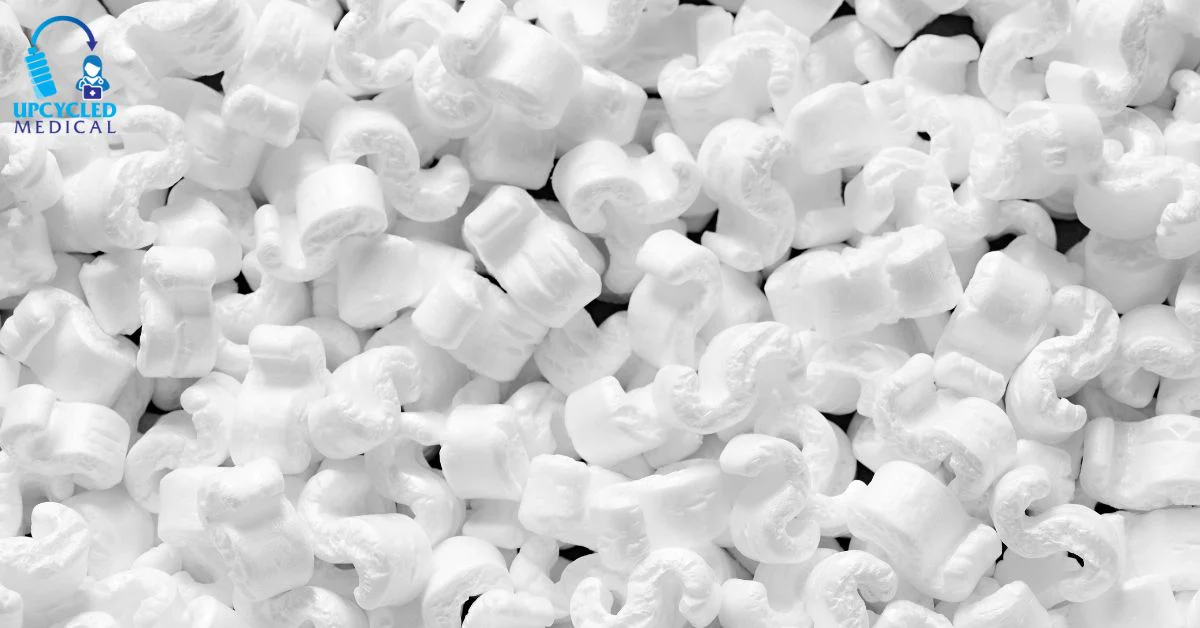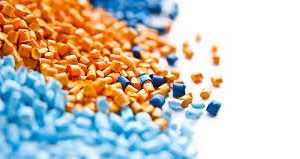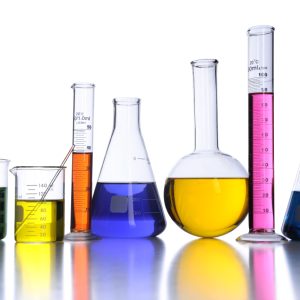Polystyrene is a synthetic polymer made from the monomer styrene. It is a versatile and widely used material due to its lightweight, rigid, and insulating properties. Polystyrene can be found in various forms, each designed for specific applications. Here are some common types of polystyrene:
- General-purpose polystyrene (GPPS): GPPS is the most common form of polystyrene. It is transparent, rigid, and has good electrical insulation properties. GPPS is commonly used in packaging, disposable food containers, CD cases, and laboratory equipment.
- High-impact polystyrene (HIPS): HIPS is a modified form of polystyrene that has been blended with a rubber component to enhance its impact resistance and toughness. It is opaque and commonly used in applications where durability and resistance to impact are required, such as refrigerator liners, toys, and automotive parts.
- Expanded polystyrene (EPS): EPS is a lightweight and rigid foam form of polystyrene. It is produced by expanding polystyrene beads through a heating process. EPS foam is known for its excellent thermal insulation properties and is widely used in packaging, insulation for buildings, and protective packaging for fragile items.
- Extruded polystyrene (XPS): XPS is a dense foam form of polystyrene that is produced by extrusion. It has a closed-cell structure, making it resistant to moisture absorption. XPS is commonly used for insulation in construction, as well as in applications such as thermal insulation boards and flotation devices.
- Polystyrene film: Polystyrene can also be produced in the form of thin, flexible films. These films are transparent and have good moisture barrier properties. They are used in applications such as packaging, printing, and laminating.
It’s important to note that while polystyrene has many useful properties, it is not easily biodegradable and can contribute to environmental concerns. Proper recycling and disposal practices should be followed to minimize its impact on the environment.





There are no reviews yet.